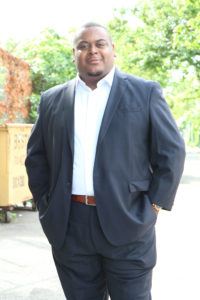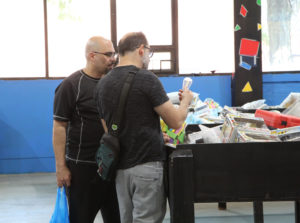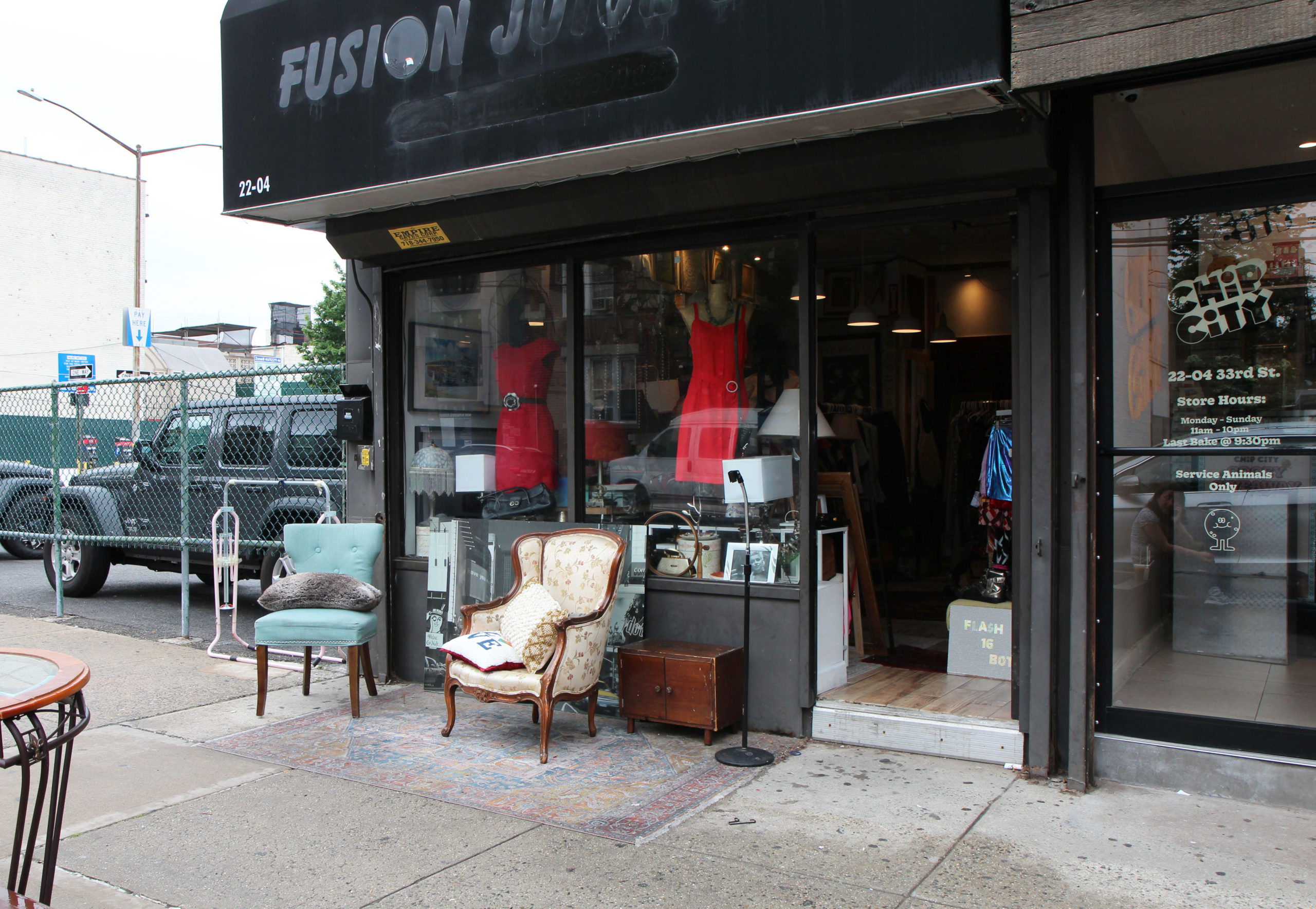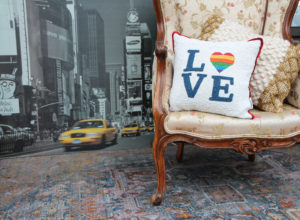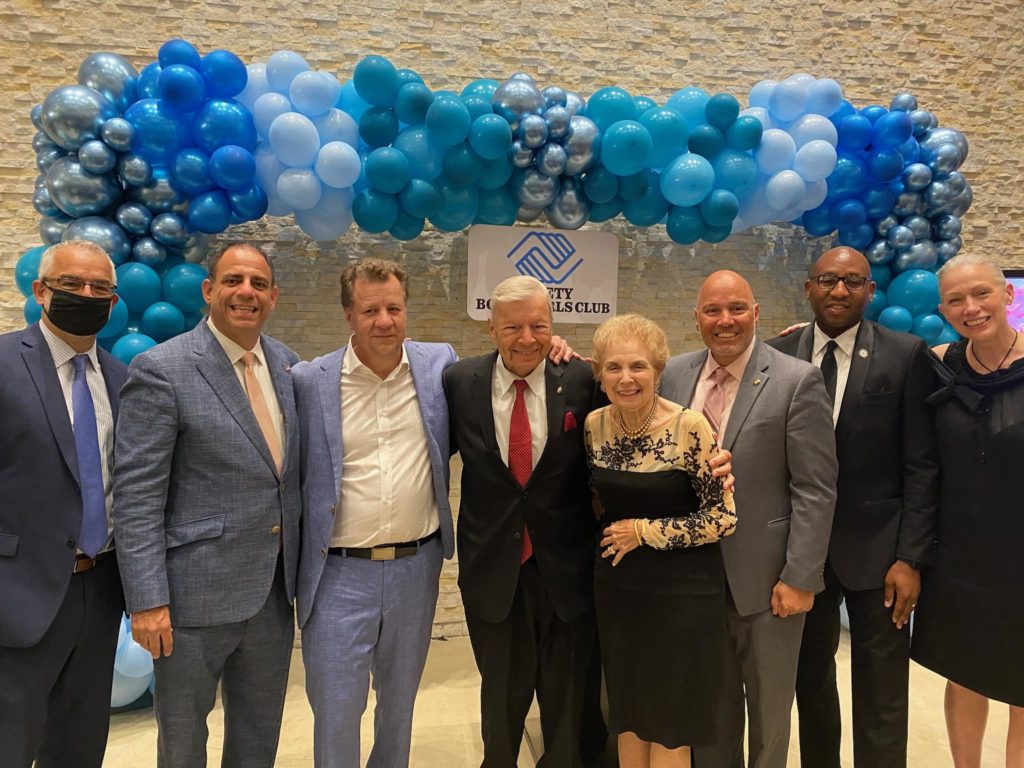Ruhling: The Proprietor by the Park
Anna Budinger pulls up on her bicycle, breathless. It’s only a 15-minute ride, but it’s so suffocatingly sultry that she feels as though she has been pedaling through rolling ocean waves.
She opens the door, pulls up the shade, switches on the lights, and Babs springs to life like a puppet on a stage.
Babs, which is a half block from Astoria Park on Ditmars Boulevard, has only been open since mid-May, so Anna is still getting used to the routine – and excitement – of being a retail shopkeeper.
It’s the first business she has owned – it is, by the way, in case you’re wondering, named after her nickname – and it sells all the things she loves: candles, vintage and new glassware, coffee mugs, ceramics, tea towels, cutting boards and artisanal condiments such as honey and olive oil.
“I’ve always been a renter, and my concept for the store was to carry special items made by artisans that bring delight and intention into daily life,” she says. “Things to make a tiny apartment feel like home.”
Or to make a day in the park more fun. Babs sells a variety of items for outings and offers a 24-hour picnic-rental package that includes a mat, a Frisbee, a cooler and a corn hole bean bag game.
“These are things that are too bulky and expensive to have in a small city apartment,” she says.
Anna, who is 29, tall and willowy and describes herself as a “hands-on person who wants my hands in many pots,” did, indeed, try her hand at several things before the debut of Babs.
Born in Chelsea, she grew up in the East Village and for as long as she can remember, she has been interested in and involved in the creative arts.
“I always wanted to own my own small business,” she says, adding that she was inspired by her father, a contractor with his own business. “And my passion is working with artists, interior designers and making things,” which is what Babs the boutique is all about.
After earning a degree at SUNY New Paltz (“I made up my own major – it was writing, photography and indigenous history in America”), Anna moved to Astoria and considered several careers, including independent filmmaking and opening a bottle shop but ended up working as a set dresser in the film industry. Her assignments included the CBS-TV show Bull.
Three years later, she entered the gig economy.
“I took any job I could get,” she says. “I did everything from helping my dad build a barn and custom cabinetry to photography and working as an events assistant.”
During the first year of the pandemic, when work dried up, Anna sheltered in her parents’ cabin upstate.
She spent most of last year selling her photographic prints and clay earrings in various vendor markets.
She also joined QNS Collaborative, which, she says, “fueled my fire.”
“I was having lunch in Sunnyside with my boyfriend, and he said, ‘Why not start a store and put everything you love in one place,’” she says.
So that’s what she did.
“I saw the space on the way to the park,” she says. “I don’t usually walk along Ditmars because I don’t live at this subway stop, but I was staying with my sister. I saw the sun pouring in the window and thought, ‘This feels like my store.’”
Anna and her father and her boyfriend renovated the petite space, which she declares is “the perfect size.”
Anna, by the way, built the shelves and the checkout counter.
When Babs is more established, Anna envisions hosting community events and gatherings.
She mentions book clubs and crochet circles. Perhaps she’ll invite a cheesemonger to give a presentation.
“I have a small-town mentality,” she says. “The people Babs is attracting make this feel like a small-town neighborhood. I love meeting everyone and seeing the same faces all the time.”
Nancy A. Ruhling may be reached at Nruhling@gmail.com; @nancyruhling; nruhling on Instagram, nancyruhling.com, astoriacharacters.com.










 Some seven hours later, the board voted 24-8 in disapproval of the project, marking a setback for the proposed $2 billion redevelopment.
Some seven hours later, the board voted 24-8 in disapproval of the project, marking a setback for the proposed $2 billion redevelopment. She added, “I can barely afford to live here now, how many of us will be pushed out?”
She added, “I can barely afford to live here now, how many of us will be pushed out?”





